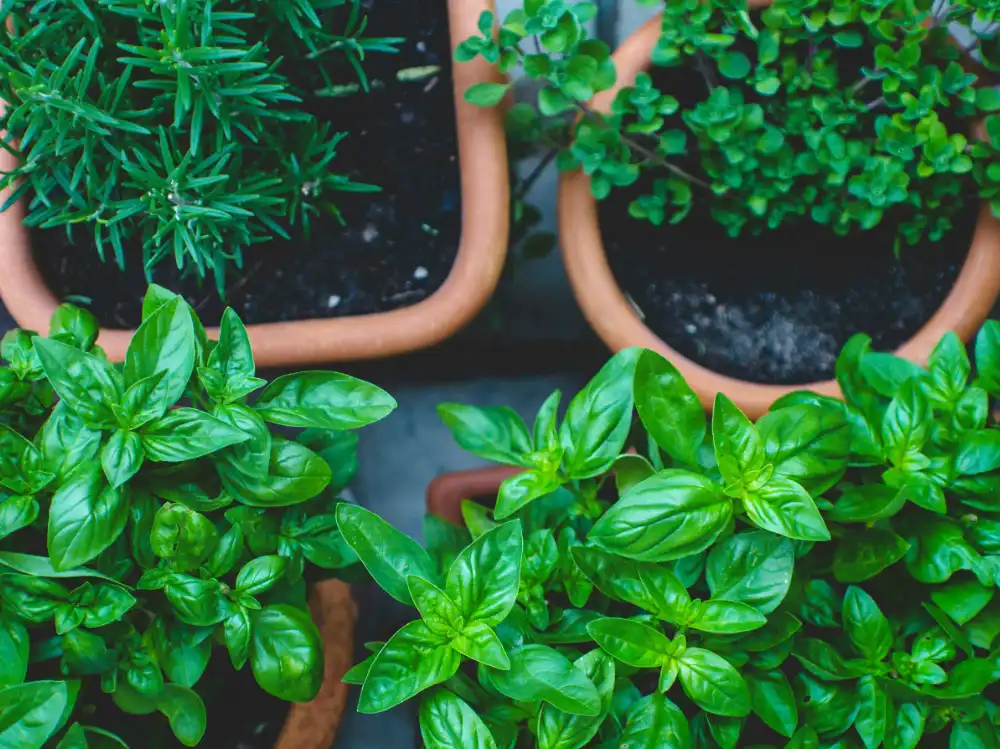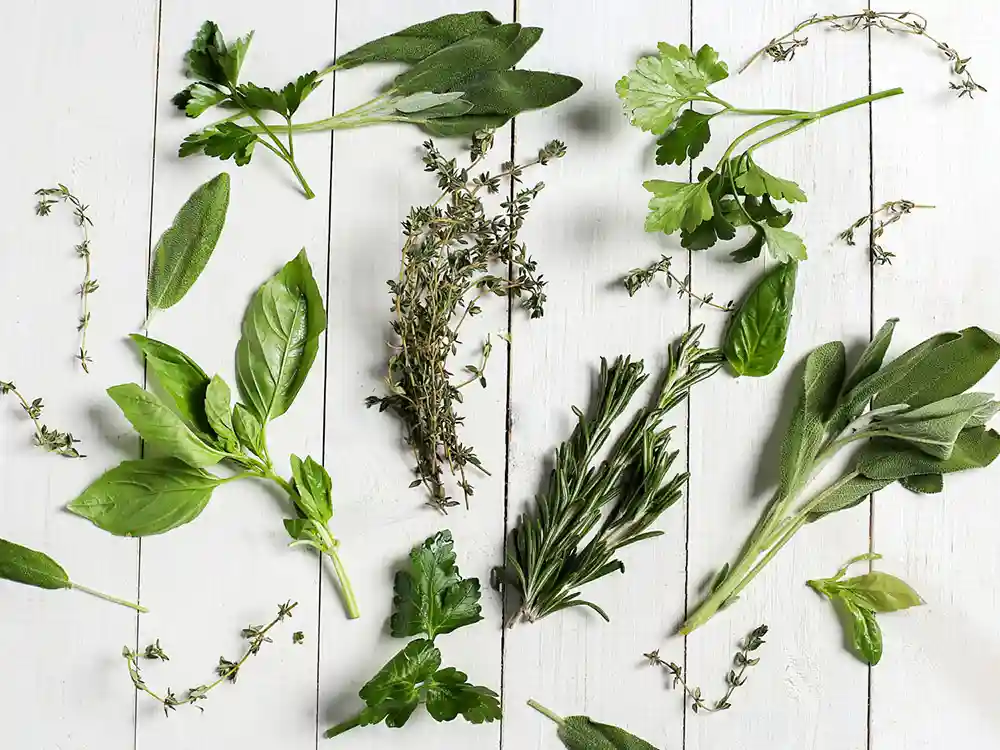When it comes to gardening, choosing the right combination of plants can make all the difference in their growth and overall health. This is especially true when it comes to growing herbs. Some herbs have natural affinities for one another, and when planted together, they can enhance each other’s growth and flavor. In this blog post, we will explore some of the best herb combinations that thrive together, allowing you to create a harmonious and productive herb garden.
1. Basil, Tomatoes, and Garlic
If you’re a fan of Italian cuisine, this herb combination is a must-have in your garden. Basil, tomatoes, and garlic are not only delicious when combined in recipes, but they also make great companions in the garden. Basil repels pests that can harm tomatoes, while tomatoes provide shade and protection for basil. Garlic, on the other hand, helps to deter aphids and other pests that can damage both basil and tomatoes. Plant these three together, and you’ll have a flavorful and pest-free garden.
2. Rosemary, Sage, and Thyme
Known as the “holy trinity” of herbs, rosemary, sage, and thyme are not only aromatic and flavorful but also make excellent gardening companions. These perennial herbs are drought-tolerant and have similar soil and sunlight requirements, making them perfect to grow together. Additionally, their strong scents can help deter pests like cabbage moths and carrot flies, making them a great addition to your vegetable garden as well.
3. Mint and Chives
Mint and chives are both easy-to-grow herbs that complement each other both in the garden and in the kitchen. Mint is known for its invasive nature, but when planted alongside chives, it helps to keep the chives’ growth in check. Chives, in turn, repel pests that can harm mint. This combination not only creates a visually appealing garden but also ensures that you have a steady supply of fresh herbs for your culinary creations.
4. Cilantro and Dill
If you enjoy adding a burst of freshness to your dishes, growing cilantro and dill together is a winning combination. Cilantro grows quickly and tends to bolt in hot weather, but planting it alongside dill can help provide some shade and extend its growing season. Both herbs attract beneficial insects like ladybugs and lacewings, which can help control garden pests.
5. Parsley and Tarragon
Parsley and tarragon are two herbs that not only complement each other in flavor but also in their growth habits. Parsley has a long germination period, and tarragon’s quick growth can help provide some shade and protection for the parsley seedlings. Once established, these herbs can be harvested together to add a burst of freshness to your dishes.
6. Lavender and Rose
If you’re looking to create a visually stunning herb garden, consider planting lavender and roses together. Lavender’s strong fragrance can help deter pests that can damage roses, while roses provide some shade and protection for lavender. This combination not only adds beauty to your garden but also attracts pollinators like bees and butterflies.
Remember, when planting herbs together, it’s important to consider their individual needs for sunlight, water, and soil conditions. While these herb combinations have proven to be successful, it’s always a good idea to monitor your plants’ growth and make adjustments as needed. With the right combinations, you can create a thriving and harmonious herb garden that will provide you with a bountiful harvest and enhance your culinary creations.


